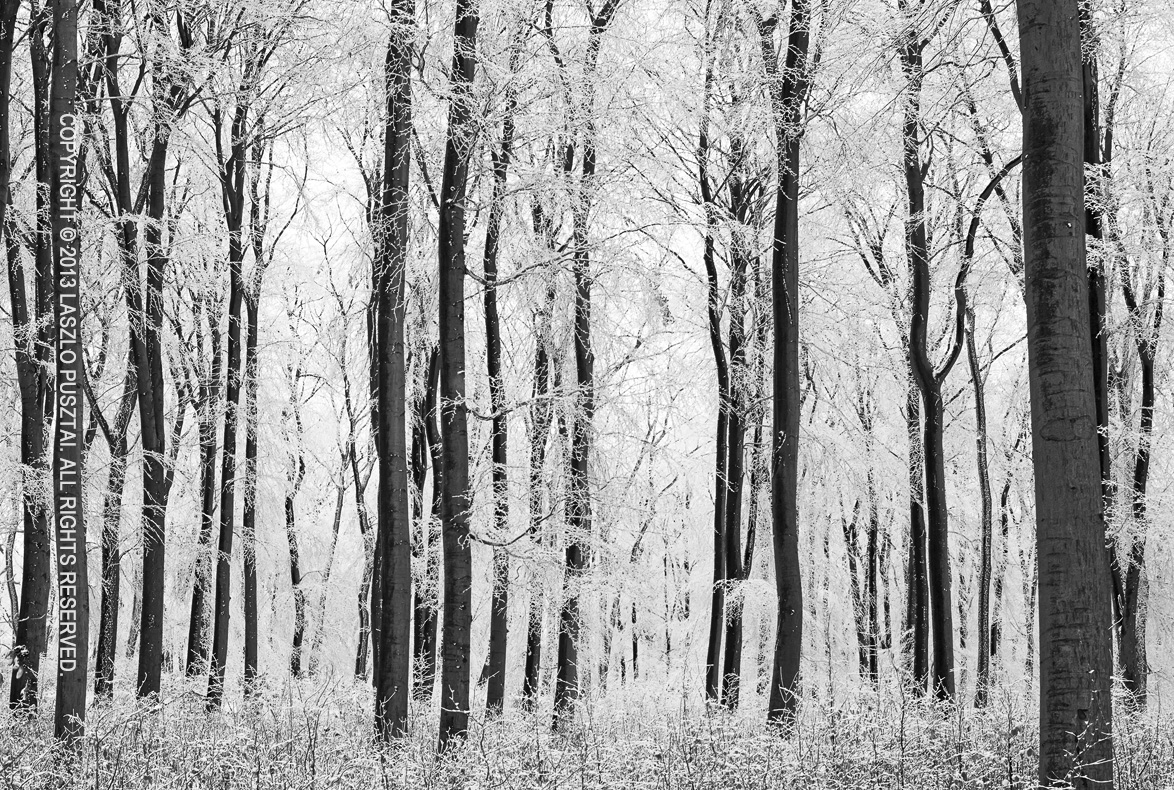Let’s begin with the fact. The usable bit depth of your RAW file depends on the ISO used to shoot the image.
I discovered this while working on the RAW histogram feature in Kuuvik Capture. To make the RAW histogram usable, we have to scale the data coming from the RAW file. This scaling ensures that the left side of the histogram represents pure black and the right side represents pure white. Technically scaling is done by first subtracting the black level from each pixel, then mapping pixel data from the [0, white saturation] interval into the [0, 1] interval.
Black level is the value your sensor emits when no photons reach a given pixel. This is calculated utilizing a black masked area along the edges of the sensor (see my former post on this).
White saturation is the value from the given pixel when it’s completely full – that is more photons reaching the pixel will not generate a higher value. This depends on physical attributes of the sensor. We do a series of measurements for each sensor to determine its value. The higher the white saturation the more tones your RAW file contains.
What surprised me during the initial white saturation measurements is that with most of Canon’s cameras this value changed as I changed the ISO. Some cameras even present different white saturation in different exposure modes (Av and M for example).
The following graph shows the result from these measurements converted into usable bit depth for four cameras up to ISO 6400.
 For the mathematically inclined, usable bit depth is calculated with the formula:
For the mathematically inclined, usable bit depth is calculated with the formula:
\(\log_2 (w – b)\)
Where \(w\) is the white saturation and \(b\) is the black level.
The roughly 0.3 bit difference between the lowest and highest values doesn’t seem that large at first sight, but this means that you lose 15% of the tones at ISO 640 compared to ISO 800. To put it another way it’s a 1/3 stop difference.
Implications
Avoid non-full-stop ISOs.
The truth is that both ISO 500 and ISO 320 are exposed at ISO 400, putting a 1/3 stop “digital exposure compensation” value into the RAW file. For the ISO 320 setting this produces an overexposed image, which should be pulled down 1/3 stop. The downside is that you lose 1/3 stop of both tonal and dynamic range. The upside is that there will be less perceived noise, which can be helpful in some situations (and which is the basis of lots of false myths)
Avoid ISOs < 200 on crop-sensor Canons.
As you can see on the graph above, bit depth on these machines are less below ISO 200 than on or above it.
What about the 1D X?
Some of the 1-series bodies are not prone to the 1/3 stop bit depth loss. For example the 1D X starts to show this behavior at ISO 12800. The 1Ds Mark III produces the exact same bit depth at each ISO. And the 1D Mark IV works like the 5D Mark III.
So my practice is to use just full-stop ISOs and forget about ISO 100 on crop-sensor bodies.







